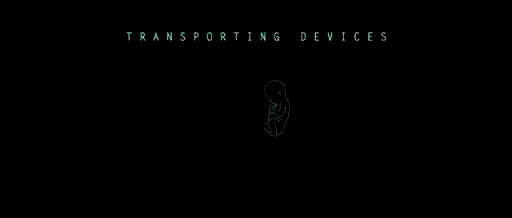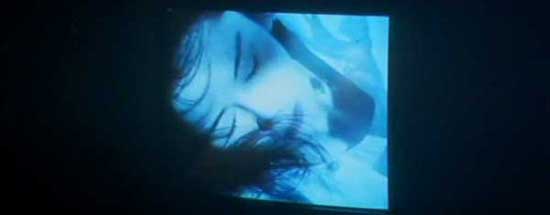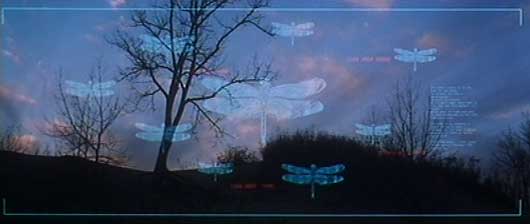Dreamtrips originates from 3 main ideas that Kal Ng had after he finished his first feature film The Soul Investigator.The first and second ideas are conception about dream and dreaming. Kal Ng's fascination of dreams started with his story in The Soul Investigator: that every human has a "little dream" inside his/her soul, and one must fight to keep the little dream alive, otherwise the world will end, not physically, but spiritually if all little dreams disappear.The protagonist of The Soul Investigator then went on a quest to regain his little dream with a mystic who is a clairvoyance of the psychic interior of human beings. The journey has the protagonist went through landscapes that manifested as his interior
landscape, a mythic journey.

Dreamtrips picked up the idea of the dreamworld as manifested in physical landscape.It explores a form of dreaming called lucid dreaming, where the dreamer is aware of being in a dreamworld and is able to move and does things in a conscious way. Yet he/she has to face with the unpredictability of the dream world and find his way in navigating through it. Kal Ng brought in his own idea of dreaming also: that dreaming is a form of finding solutions to problems a person is facing in the waking life, no matter how strange and improbable the solutions are in the dreamworld, all are allowed in order to alleviate the stress created by those problems. These solutions account for the strangeness and irrationality of our dreams but also related to the source of our creativity, where unconventional resolutions are usually found to deal with problems in life. Therefore understanding the workings of dream may lead to an understanding of creativity.

The third idea is to bring in the technology to recreate the dreamworld for the lucid dreamer. With The Matrix and eXistenz came out in 1999, the same time when Dreamtrips was premiered at the Toronto Int'n Film Festival, there is no better way to explain the possibilities of recreating a dreamworld and allowing the dreamer to experience it first hand. The only difference between the technological rationale in The Matrix and Dreamtrips is that the world of Matrix is essentially concerned with recreating the Real for the human to interact in, where Dreamtrips explored further: the possibility of computer to render the human psyche, the imaginative world and the dreamworld as forms of coherent spaces. Audience who view the film today may have less trouble in navigating between various episodes in Dreamtrips than those who experienced disorientation and found the film demanding in 1999. Just as The Matrix had spent enormous amount of visual feast in exposition to explain the workings of the Matrix (almost 40 minutes into the film), DT’s complexity can be rewarding for the post-modern viewer.

The Creation Sequence
Kal Ng would not deny that like a lot of young filmmakers who love science fiction that he was influenced by Stanley Kubrick's landmark film 2001 A Space Odyssey. And his homage came from picking up the motion imagery from the screen of HAL-9000 onboard the spaceship Discovery. To Kal Ng those flickering numbers and lines perfectly captured the intricacy of the "thinking" machine and its delicate response to the surrounding and the mastering of the information from the networks. The dance of the graphic representations on those flickering screens are perfect for the Dreamtrips machine to reflect the delicate changes of dreamscape within the human psyche. It is as if the computer is able to read into the complex tableau of human emotions.

Note that Kal Ng deliberately placed the computer graphics in front of the story space to emulate a cold and rational view point of the machine towards the complex dreamworld, bringing out a unique contrast between the emotion and the intellect. When Douglus Trumbull was asked by Kubrick to create the motion graphic for the screen of the super computer HAL-9000, he had to use optical stand to photograph transparencies with line images for the animated effect. Now Kal Ng used an Apple PowerMac 9500 with Adobe After Effect software to achieve the desired result, the advance of personal computer technologies allow the making of film to revert to a form of painterly, personal expression.
BACK



